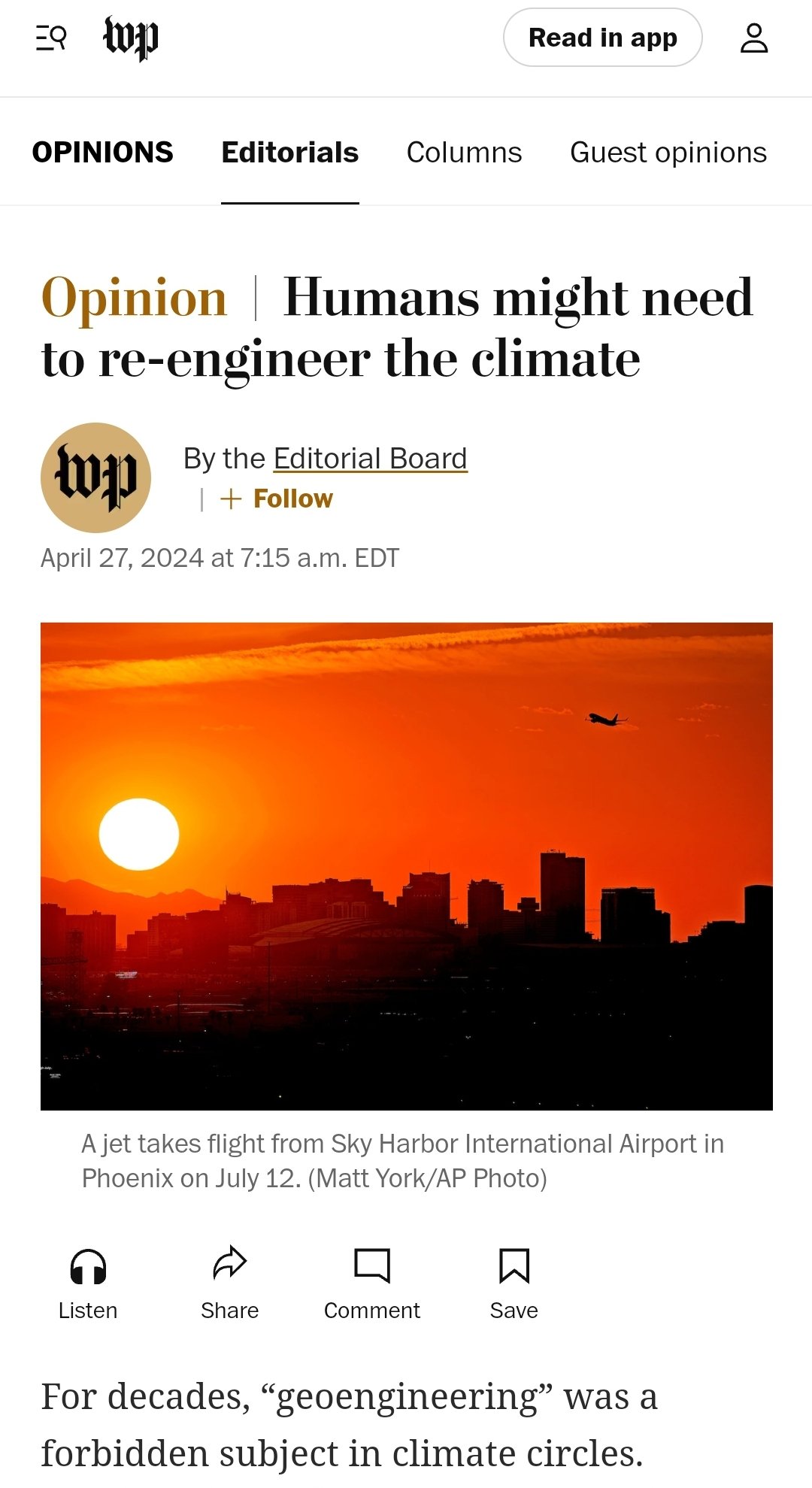https://www.vox.com/down-to-earth/22796160/invasive-species-climate-change-range-shifting
Marine ecologist Piper Wallingford was doing fieldwork on the rocky shore of Laguna Beach, California, in 2016 when she noticed a dime-sized creature she’d never seen before. It was a dark unicorn snail, a predator that drills into mussels and injects an enzyme that liquefies their flesh. “Then,” Wallingford explains, “they basically suck it out like soup.”
The animal is native to the Mexican state of Baja California, Wallingford later learned, and it’s been migrating up the coast over the last few decades in search of new habitat, eating into local mussel populations along the way. It’s also one of countless species around the world — from white-tailed deer to lobsters to armadillos to maple trees — that are moving with the climate.
Ecologists expect climate change to create mass alterations in the habitats of these “range-shifting” or “climate-tracking” species, as they’re sometimes called, which will reshuffle ecosystems in ways that are hard to predict. The migrations are critical to species’ ability to survive hotter temperatures.
The scientific community largely views this kind of habitat shift as a good thing, Wallingford and other ecologists told Vox. But the primary lens available to the general public and to policymakers is less forgiving. “Invasive species” is a concept so ingrained in American consciousness that it’s taken on a life of its own, coloring the way we judge the health of ecosystems and neatly dividing life on Earth into native and invasive.
For decades, invasion has been a defining paradigm in environmental policy, determining what gets done with limited conservation budgets. Species deemed invasive have often been killed in gruesome ways. Even though invasion biologists readily point out that many non-native species never become problematic, the invasion concept almost by definition makes scientists skeptical of species moving around. But a growing community of scientists and environmental philosophers now question whether a concept defined by a species’ geographic origin can capture the ethical and ecological complexities of life on a rapidly changing planet. In the 21st century, there’s no such thing as an undisrupted ecosystem, and this will only become truer as climate change and habitat loss accelerate. It’s crucial that we get this right.
Range shifts have “been a real problem for the hardcore invasion biologists to deal with,” says Mark Davis, a biology professor at Macalester College and a critic of the invasion framework.
In a controversial recent paper published in Nature Climate Change, Wallingford and a team of co-authors argued that the tools of invasion biology — for example, looking at a species’ impact on local food or water sources, or figuring out if it’s encountering prey that aren’t used to predators — could be adjusted to understand the impacts of range-shifters.
The proposal got “a lot of pushback,” says Wallingford, who doesn’t necessarily oppose the “invasion” lens. Detractors said that merely linking climate-tracking species with invaders taints them by association. Range-shifters ought to be seen “not as invasive species to keep out, but rather as the refugees of climate change that need our assistance,” University of Connecticut ecologist Mark Urban argued in a comment published in the same journal issue.
Climate change and the range shifts it’s causing are extraordinary circumstances. If a species flees a habitat that is burning or melting, is it ever fair to call it invasive? Even outside of a climate context, this tension reflects a more fundamental problem within the invasive species paradigm. If the label is so stigmatizing that the only appropriate response feels like extermination, perhaps something else needs to take its place.
The origins of “invasive” species
“Invasive species” might feel like a firmly established scientific category, but invasion biology, which studies the impacts of non-native species, is a relatively young field.
British ecologist Charles Elton drew attention to non-native species in his 1958 book The Ecology of Invasion by Animals and Plants, arguing that there is a place, or niche, for every species on the planet where they’ve evolved to survive. Those that move, he believed, should be removed.
Even before that, “There were people who recognized invasions and remarked in great detail on them,” including Charles Darwin, says University of Tennessee ecologist Daniel Simberloff, one of the originators of invasion biology. It wasn’t until the 1980s, Simberloff says, that it cohered into a subfield of scientists talking to each other and looking at invasions as a general phenomenon.
Invasion biologists aren’t opposed to the presence of all non-native species — many of them are innocuous, some are even beneficial. A widely accepted rule of thumb says that about 10 percent of species introduced into new ecosystems will survive, and about 10 percent of those (so, just 1 percent of all non-natives) will cause problems that lead them to become “invasive.” Some can do real harm, such as threatening vulnerable endemic species. Feral cats in Australia, for example, are thought to be a major driver of extinction




